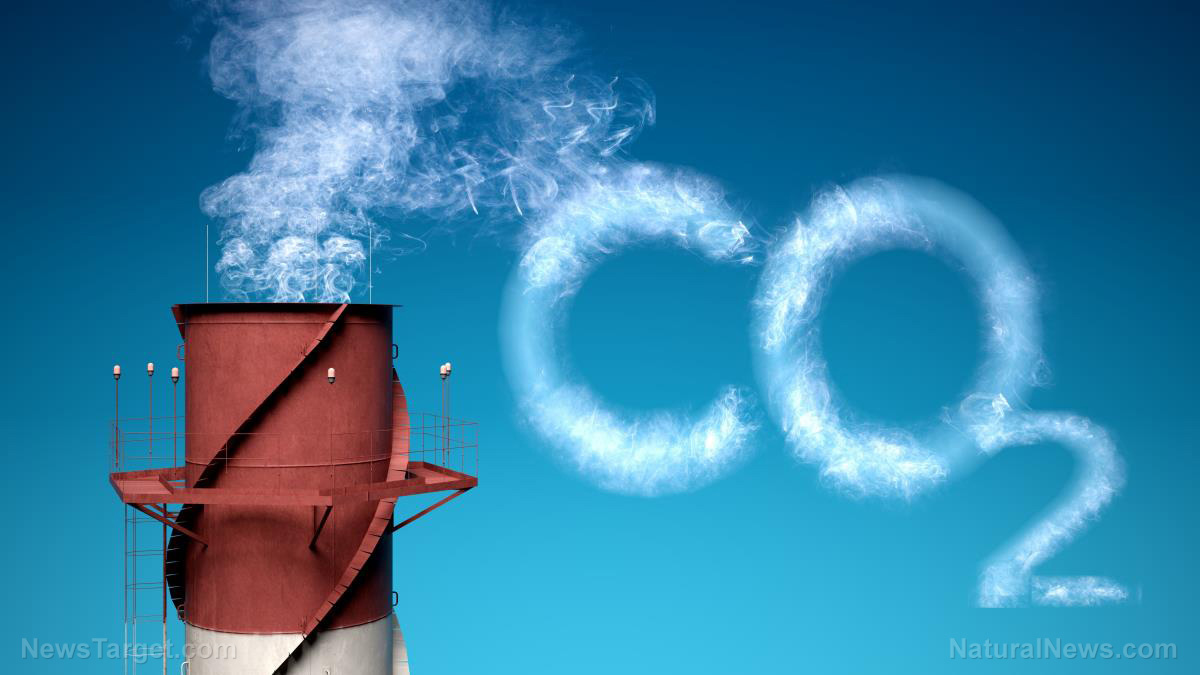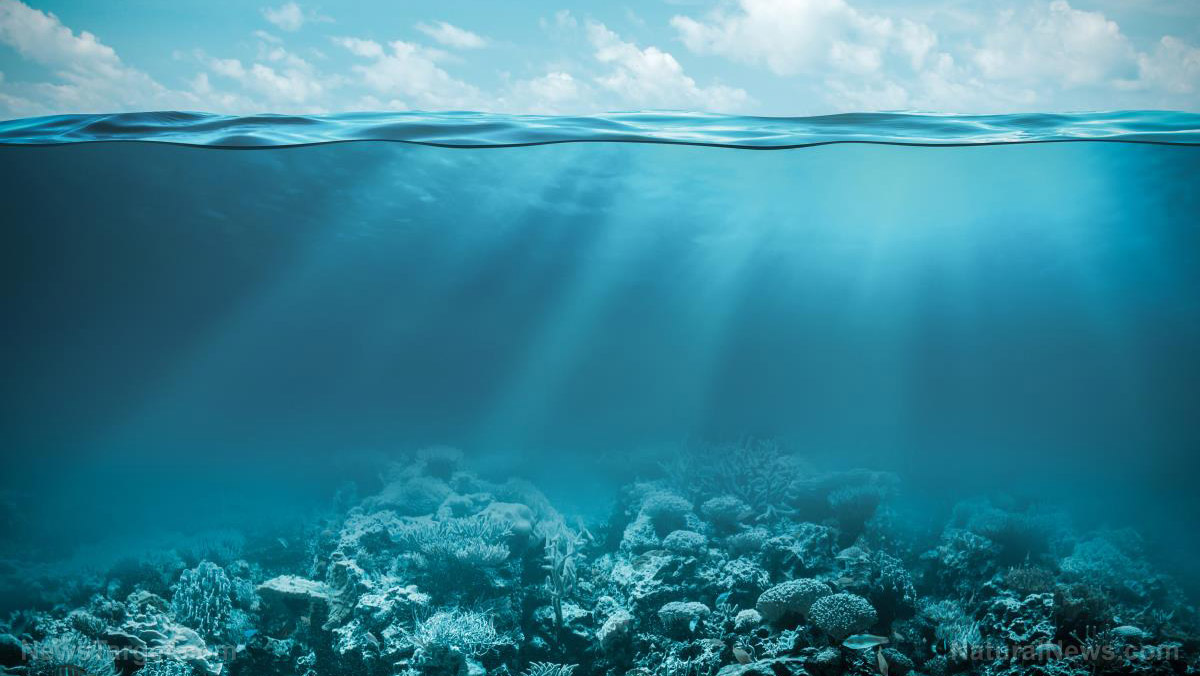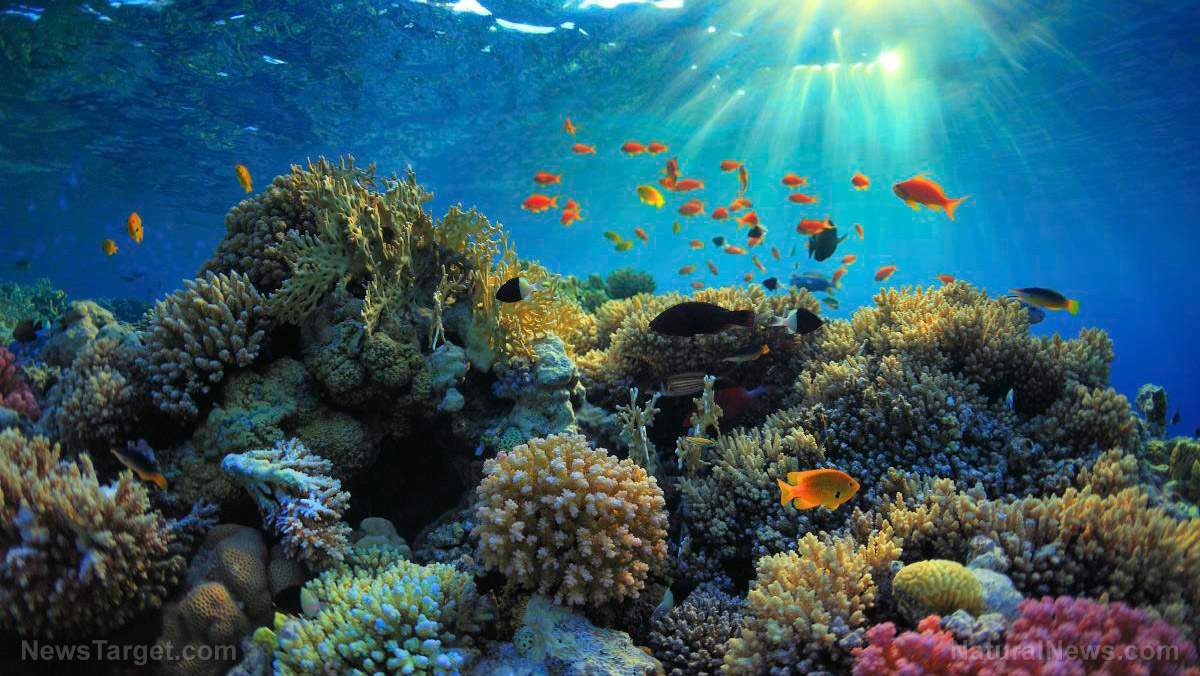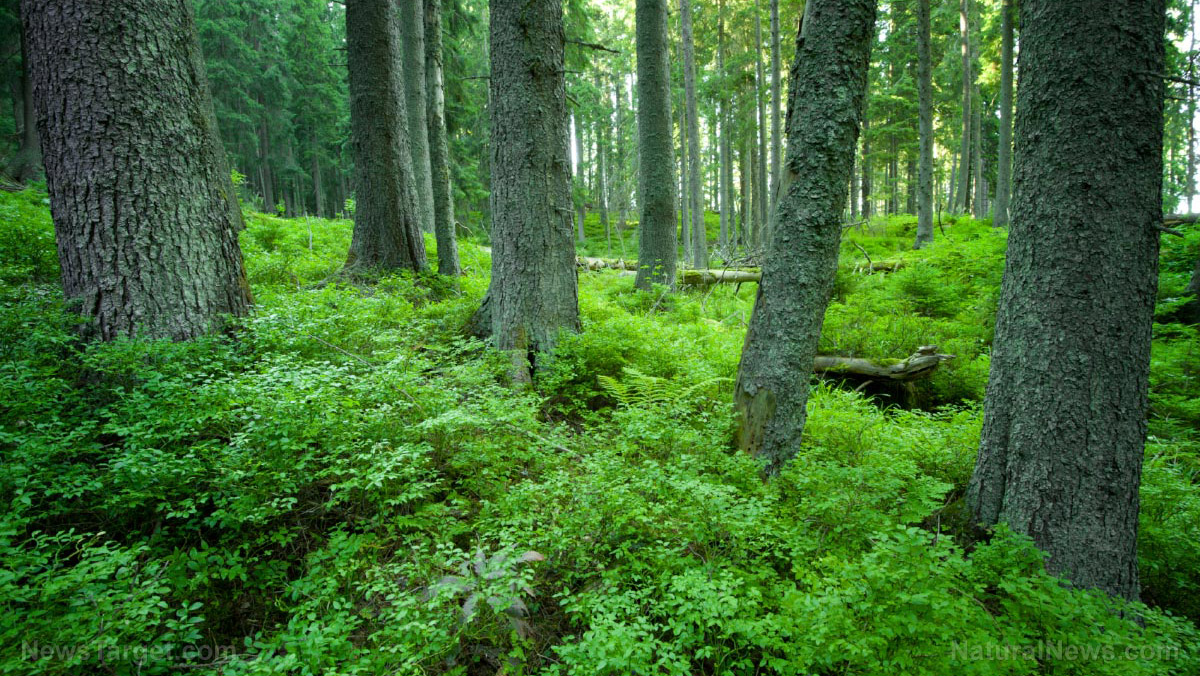Climate intervention via geoengineering: It’s a risky strategy that will only cause more, bigger problems, say scientists
01/13/2019 / By Earl Garcia

A recent study published in the journal Nature Ecology & Evolution warned that a technique called climate geoengineering, which was conceptualized to counter the effects of global warming, may do more harm than good. A team of researchers at Rutgers University in New Jersey explained that climate geoengineering involves spraying a sulfuric acid cloud in the upper atmosphere in hopes of cooling down the global temperature.
As part of research, the scientists conceptualized a scenario where airplanes would spray five million tons of sulfur dioxide once a year into the upper atmosphere at the Equator from 2020 to 2070. The scientists noted that the amount was the annual equivalent of about one quarter of the sulfur dioxide produced during the 1991 eruption of Mount Pinatubo in the Philippines. The experts inferred that the activity would result in an even sulfuric acid cloud distribution between the Northern and Southern Hemispheres.
The scientists also estimated that the activity might cool down the planet’s temperature by about one degree Celsius, which was quite similar to the global warming levels since the start of the Industrial Revolution in the mid-1800s. However, the research team warned that suddenly halting the climate geoengineering technique may lead to rapid global warming that would be 10 times faster than if the technique was not employed at all.
“Rapid warming after stopping geoengineering would be a huge threat to the natural environment and biodiversity. If geoengineering ever stopped abruptly, it would be devastating, so you would have to be sure that it could be stopped gradually, and it is easy to think of scenarios that would prevent that. Imagine large droughts or floods around the world that could be blamed on geoengineering, and demands that it stop,” study co-author Professor Alan Robock told Science Daily online.
The experts also cautioned that while national parks, forests, and wildlife refuges may serve as animal sanctuaries, the rapid increase in global temperatures may force them to move to different locations to cope with the changes. However, the scientists concluded that the animals might not find enough food and water supplies no matter how fast they move. (Related: We’re doing it to ourselves: Human activity found to impact weather, weather outcomes.)
The research team added that suddenly stopping the climate intervention may result in a devastating El Niño, which would increase the sea surface temperatures in the tropical Pacific Ocean and would cause a subsequent drought in the Amazon. The researchers highlighted the need to further investigate the potential effects of climate geoengineering on certain organisms if begun and then abruptly stopped.
More faulty geoengineering strategies to watch out for
An article posted on the Daily Mail website also included a list of other potentially devastating geoengineering techniques. These include:
- Afforestation — Experts noted that this technique would irrigate deserts, including those located in Australia and North Africa, to plant millions of trees that could absorb carbon dioxide. However, the scientists cautioned that this might only contribute to global warming as increased vegetation would absorb sunlight that the deserts reflect back into space.
- Artificial ocean upwelling — According to scientists, this technique would employ long pipes to pump cold, nutrient-rich water upward to cool ocean-surface waters. The experts warned that this method could cause oceans to rebalance their heat levels and trigger rapid climate change once stopped.
- Ocean alkalinization — The process would provide vast lime deposits into the ocean to chemically increase carbon dioxide absorption. However, the researchers inferred that this would do little to reduce global temperatures.
- Ocean iron fertilization — This method is similar to alkalinization, but would use iron to bolster the growth of photosynthetic organisms that can absorb carbon dioxide. Like alkalinization, this process would also do little to curb global temperatures.
- Solar radiation management — This technique would reduce the amount of sunlight that the planet receives by spraying reflective sulphate-based aerosols into the atmosphere. However, the scientists cautioned that carbon dioxide would continue to build up in the atmosphere.
Log on to ClimateScienceNews.com to see what else scientists are dreaming up to try out on our planet.
Sources include:
Tagged Under: carbon dioxide, chemtrails, Climate, climate change, climate engineering, Ecology, environment, environmental health, geoengineering, global warming, rational, science clowns



















